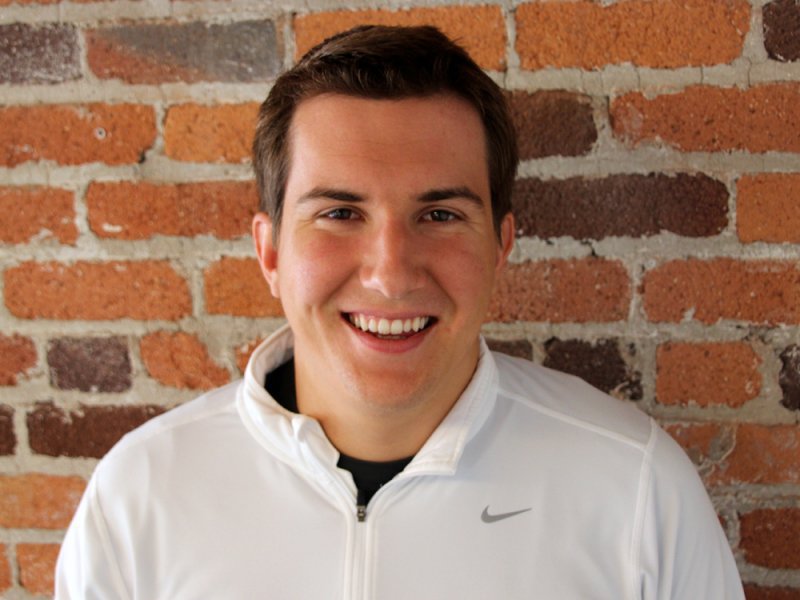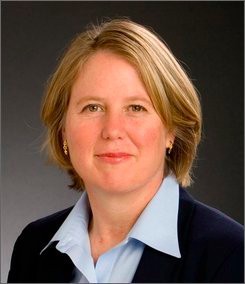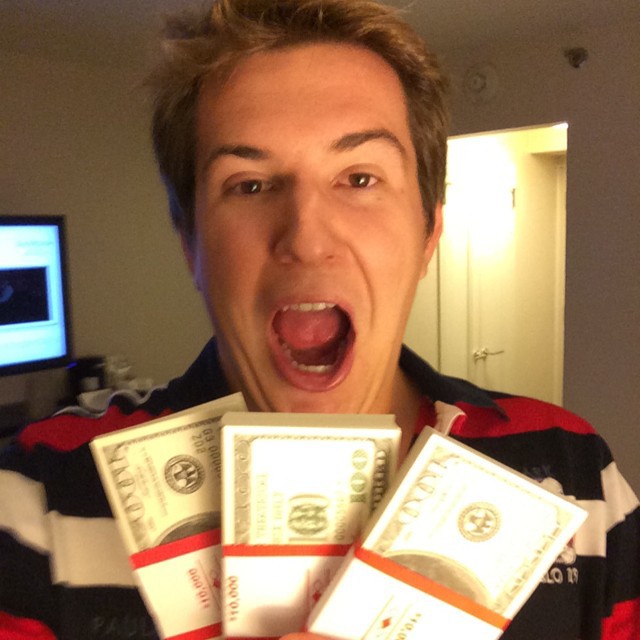The child prodigy "threw" investors for $ 30 million venture capital investments

In June 2013, Stanford's 21-year-old graduate, Lucas Duplan, raised $ 25 million in venture capital funding to develop a mobile payment system. This was the largest seed financing round in the history of Silicon Valley. At the same time, Daplan had neither experience nor ready application.
Lucas Daplan founded the Clinkle startup back in 2010, at the age of 19. Apparently, even before he graduated from Stanford with a degree in computer science. Since then, the startup has worked in the "secretive" mode and has not glowed in the press until 2013.
By and large, it all started in April 2013 with an article in the Wall Street Journal , telling about a “young prodigy” from Stanford who managed to attract more than 10 top university students to his startup (they left the university for the promised six-figure salary and generous options . As it turned out, Lucas promised to distribute up to 20% of attracted investments into options.
')
The WSJ article stated that several university professors also invested in a startup.
 People are still discussing how Lucas managed to attract to his side the best university students and professors. After the WSJ article in investor circles, the hype around Clinkle began, so getting investment was, in fact, a matter of technology. But how did he assemble such a team? On the Quora website, someone explains how this could be possible. They say that, through his supervisor, Lucas stepped on the best Stanford professors of Computer Science and asked them to recommend talented students and programmers.
People are still discussing how Lucas managed to attract to his side the best university students and professors. After the WSJ article in investor circles, the hype around Clinkle began, so getting investment was, in fact, a matter of technology. But how did he assemble such a team? On the Quora website, someone explains how this could be possible. They say that, through his supervisor, Lucas stepped on the best Stanford professors of Computer Science and asked them to recommend talented students and programmers.Through the same supervisor (luckily, she was the authoritative co-founder of VMWare Diana Green, in the photo), the entrepreneur went to venture capital investors from the A16Z (Andreessen Horowitz) fund, and then to others. As a result, many companies joined the financing, each contributing a relatively small share. These are the aforementioned Andreessen Horowitz, as well as Peter Thiel, Accel Partners, Intel, Intuit, former COO Facebook Owen van Natta, Salesforce Executive Director Mark Benioff, the founders of Qualcomm, VMware and many others. In total, more than 18 investors participated.
Clinkie’s total venture capital investment was $ 30 million .
What happened next? In the autumn of 2013 Pastebin published a list of current and past employees of the company , followed by the dismissal of 16 people . Presumably, this was due to the signature of a collective letter demanding that Lukas explain his position on options.
In March 2014, after 5 months of work, Barry McCartney, the former CFO Netflix, the most authoritative person in the leadership of a startup, left the company. After him, Josh Brewer, a former Twitter designer, left after 1 week of work (probably the brightest head in the company, he realized the futility of this business faster than anyone).
In the end, the application from September 24, 2014 is available on Google Play and the App Store . Now it is completely incomprehensible what is so revolutionary about him. The application is designed for students. They bind a payment card to the Clinkle online account and can transfer money to each other, as well as pay from a mobile phone for purchases. After every seventh purchase, the user is awarded a treat (treat) - free coffee or ice cream. This “treat” can be duplicated to a friend. To receive a gift, a friend must also make a payment through the Clinkle card.

Treat others to ice cream: the viral distribution scheme of the Clinkie payment system
Of course, the “viral” invitation distribution scheme is very beautiful, but it seems that this is the only innovation. Clinkle is no different from Venmo, Square and others.

Profile image of Lukas Daplan on Clinkle, January 2014
For the first time after the appearance of the program, it is not yet clear that it is very popular. Average score on Google Play - 3 points, on the App Store - 4+.
In the world of venture capital investments, real scams sometimes occur. The best of them are those when you do not even dig under the swindler. He has mastered investments, earned a lot of money, but the product “for some reason” was not very good. Well, what to do, they say, tried as best they could.
Source: https://habr.com/ru/post/239243/
All Articles